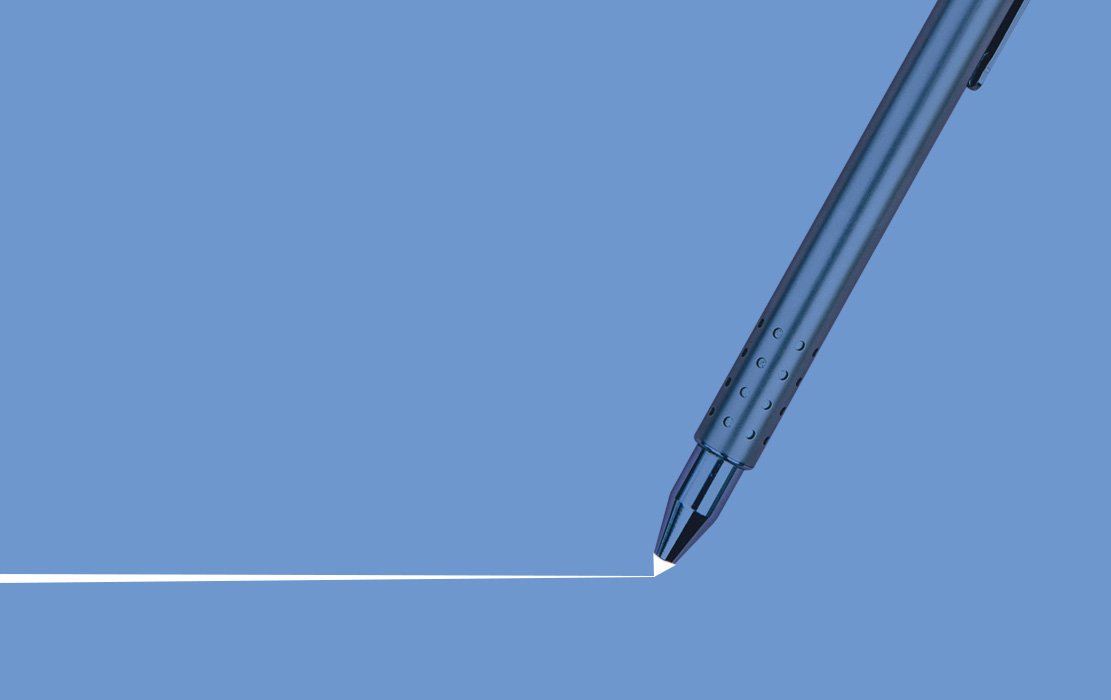
Many will argue what should come first: content or design? When creating a website, both go hand-in-hand and are the main influences to visitors. It’s easy to get excited about the design of a project and forget about the content, and you may intentionally want to wait to see how the content fits. The content, however, has such an impact on design, that designing around all the content will most likely be a more beneficial tactic.
It’s true that design without content won’t serve a purpose in the online world. Users are looking for a specific solution to a problem or searching for a topic on their mind, so design alone won’t get you search results. We understand you’re looking for high conversion rates and search engine rankings, so both design and content need to be considered in your process. For the initial stages of your site however, you may need to choose a focus for things to take off. Design may be a foundation for content creators to write on, but the design is arguably more influenced by the content than vice-versa. Conducting a Competitive Analysis by exploring competitors websites can provide valuable insights into effective design and content strategies.
Your website primarily exists to serve content to the user, and design serves to support the content. For design to be effective, it needs to have an understanding of the content so that they both excel. Visitors should be drawn in to your website by the design, but keep returning because of the quality content. Content, not design, is also what boosts your search results ranking, should it should be at the forefront of your thought process.
The content establishes the main message you’re trying convey, and once the designer understands this message they can create designs that fit the concept. Without content, designers will basically be going in blindly whereas content can easily be created with the absence of design. Therefore, creating content first is the efficient method. Having designers understand the big picture also leads to successful marketing objectives.
The effectiveness of content and design and how you prioritize them certainly depends on the outcome you’re trying to achieve. In most cases however, it can save you time to begin with creating content for more responsive design rather than going back to tweak the design after it was already created. Ultimately it’s important to understand how both design and content are mutually beneficial, and solid communication through both teams will deliver the best results.
Introduction
Content-first design is a philosophical approach to the design process that emphasizes the importance of knowing the content before designing. This approach, first advocated by Jeff Zeldman in 2008, has since become a widely accepted best practice in the design industry. By prioritizing content over visual design, designers can create a more effective and user-friendly website that meets the needs of its target audience. This method ensures that the design process is grounded in the actual content, leading to a more cohesive and purposeful visual representation.

The Importance of Content in the Design Process
Content is the backbone of any website, playing a crucial role in the design process. Without content, designers are left to make assumptions about the website’s purpose, tone, and style, which can lead to a design that is not aligned with the website’s goals. By starting with content, designers gain a deeper understanding of the website’s purpose and can create a design that is tailored to its needs. This approach ensures that the design is focused on solving the problem, not just decorating the canvas. It also helps in creating a user interface that is intuitive and engaging, ultimately leading to a more successful marketing site.
Benefits of a Content-First Approach
A content-first approach offers several benefits, including:
- A more effective design that meets the needs of its target audience.
- A clearer direction for the design and user interface.
- A more efficient design process that saves time and money.
- A design that is focused on solving the problem, not just decorating the canvas.
- A website that is more likely to achieve its goals and engage its target audience.
By prioritizing content, web designers can ensure that the design process is streamlined and that the final product is both functional and visually appealing. This approach also helps in creating a website content strategy that aligns with the overall goals of the project.

Understanding Content-First Design
Content-first design is a design process that prioritizes content over visual design. It involves creating a content strategy and planning the types of content that will be used on a website. This approach helps to ensure that the design is tailored to the website’s needs and that the content is presented in a clear and effective manner. By starting with content, designers can create a design that is more likely to engage its target audience and achieve its goals. This method also allows for a more cohesive visual design that supports the content elements, making the website more user-friendly and effective.
The Consequences of Designing Without Content
Designing without content can have serious consequences, including:
- A design that is not aligned with the website’s goals.
- A design that is not effective in engaging its target audience.
- A design that is not focused on solving the problem, but rather decorating the canvas.
- A design that is more likely to require endless loops of revisions.
- A design that is less likely to achieve its goals and engage its target audience.
By prioritizing content over visual design, designers can avoid these consequences and create a more effective and user-friendly website that meets the needs of its target audience. This approach ensures that the design process is grounded in real content, leading to a more cohesive and purposeful visual representation.


